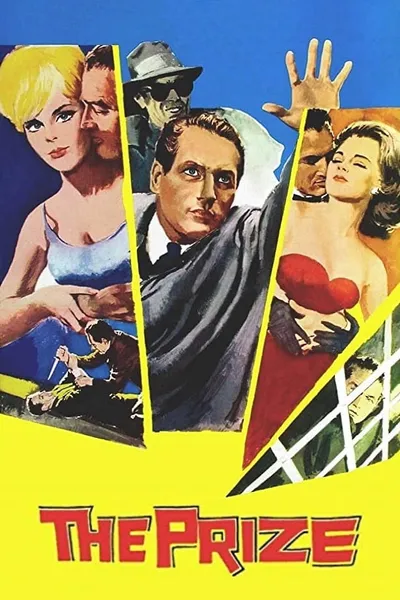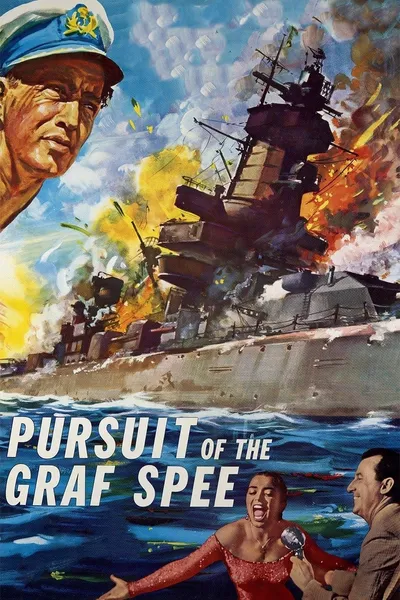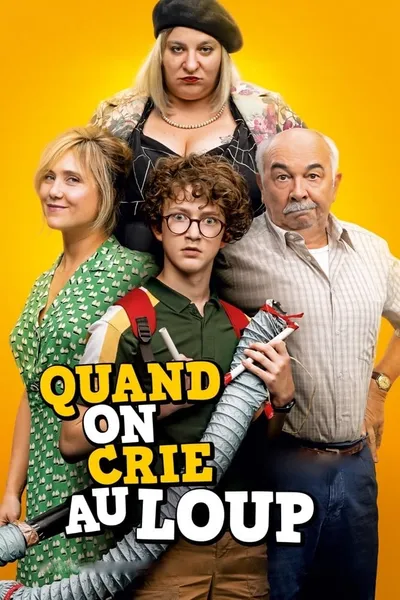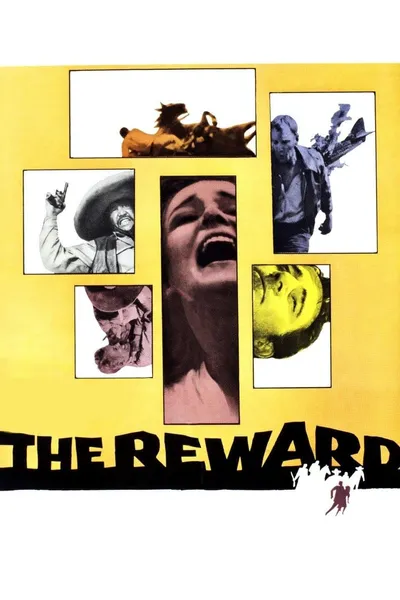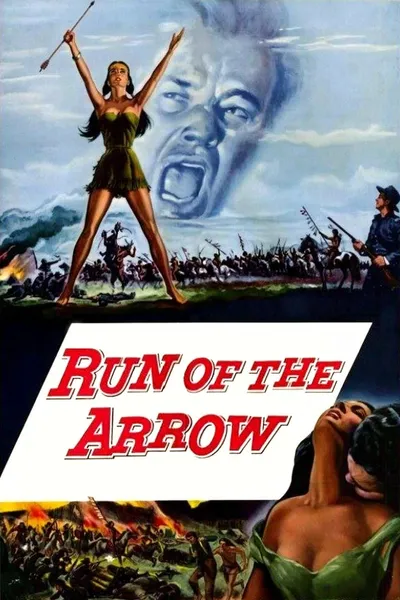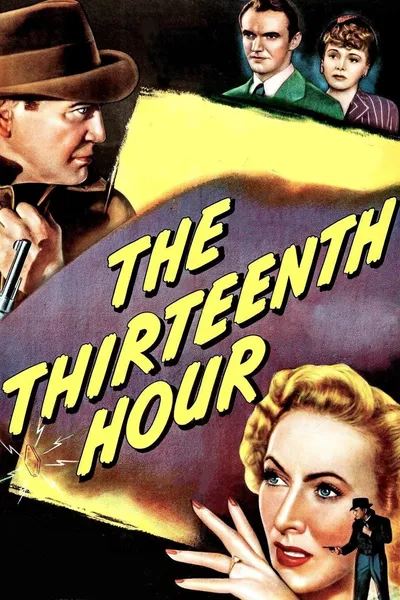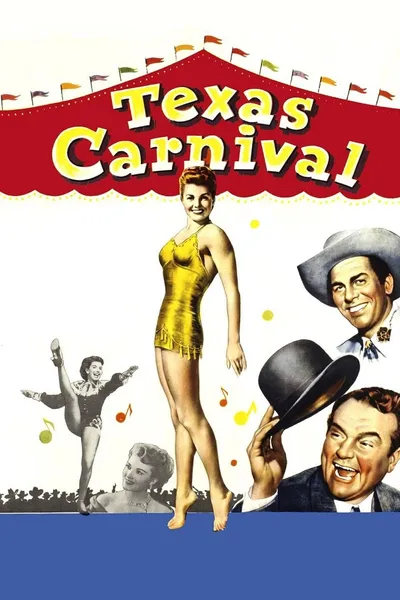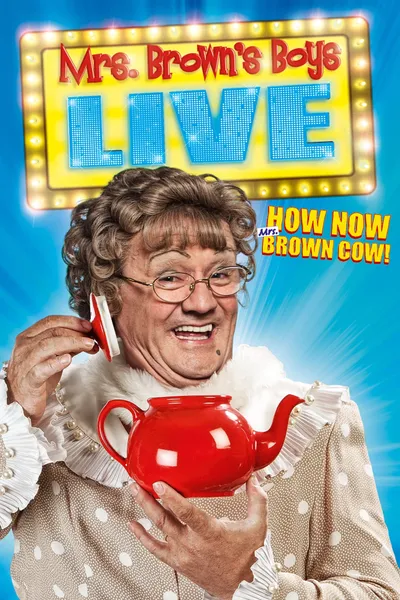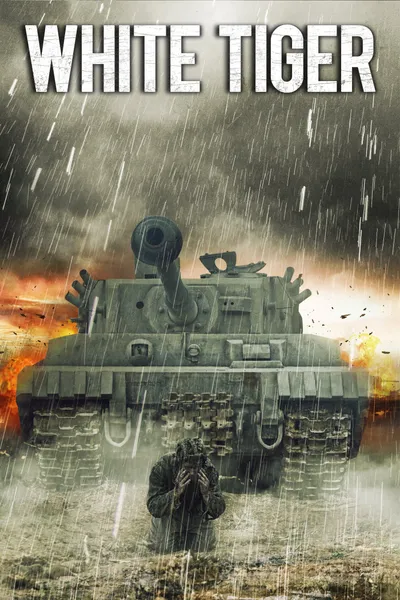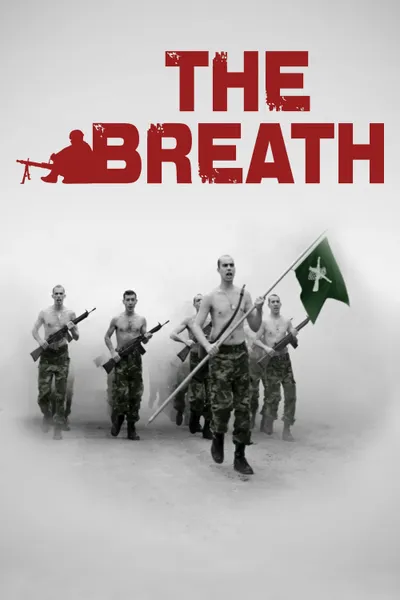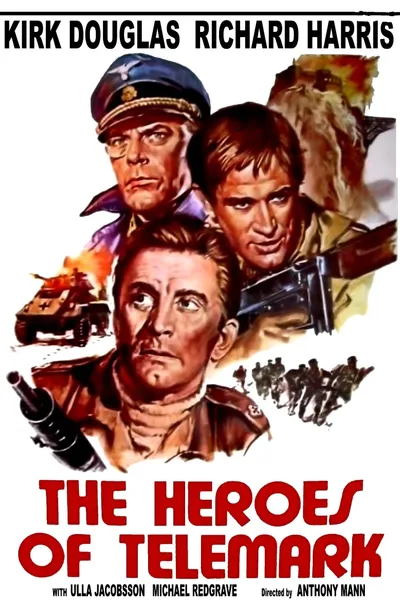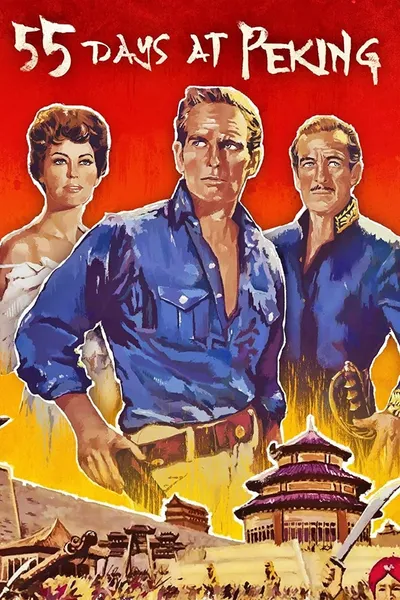Reviews
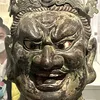
lwpcolonel
January 14, 20185.0
This film is created out of composite characters, most notably Henry Fonda, as a Lt. Colonel in Intelligence and Robert Shaw, as a Panzer Brigade Commander supposedly just recalled from the Russian Front, where he was "losing the war there".
According to the official account, the part Robert Shaw fictitiously portrayed wasn't the Colonel Hessler he was titled as, but; Joachim Peiper, and the following is from the official account; "The 6th Panzer Army included the elite of the Waffen-SS, including four Panzer divisions and five infantry divisions in three corps. SS-Obersturmbannführer Joachim Peiper led Kampfgruppe Peiper, consisting of 4,800 men and 600 vehicles, which was charged with leading the main effort. However, its newest and most powerful tank, the Tiger II heavy tank, consumed 3.8 litres (1 gal) of fuel to go 800 m (.5 mi), and the Germans had less than half the fuel they needed to reach Antwerp."
The film was built around the German strategic objective being beyond their reach in fuel and other vital strategic materials. Why did they use fictitious characters where the real ones would have done even better? Less than 20 years after the war and the events makes the responsibility of depicting real historic and often heroic or infamous personalities a tall order for the mainstream cinema. One must remember that this was a commercial production, not an historic account.
The famous and catchy song, sung in the movie as a theme of the Panzer Corp., in German, "Panzerlied", was written for the movie. It can be found on "You Tube" and is apparently both catchy and popular--- it also didn't happen that way.
Still, to be fair, when we first got a Video player, around 1981, the first movie I watched was "The Battle of The Bulge", despite all its historical inaccuracies, because its entertaining and I'm sorry it has to end. In reality, it was more unpleasant than depicted and the Hollywood movie starring Van Johnson from around 1948, titled, "Battleground" presents a better reenactment, though also fictionalized and from the standpoint of 1 small allied unit rather than the broader scope depicted in "The Battle of the Bulge".
This is an excellent, high budget film with good actors, and acting that shows both sides, and attempts to demonstrate what the "Battle of the Bulge" was actually about. It does this well, from a Hollywood standpoint, though films such as "Patton" were made a few years later using the real characters, and based on reliable source materials with somewhat less fictionalization.

Wuchak
March 21, 20197.0
***Nazi Germany’s last gasp***
“Battle of the Bulge” (1965) depicts the last major German offensive on the Western Front from December 16 – January 25, 1944-1945. The action takes place at the intersection of Belgium, Germany, France and Luxembourg. American forces were thoroughly surprised by the German attack on the morning of December 16th and took the highest casualties of any operation during WW2.
There are glaring inaccuracies, most notably the absence of Tiger and Sherman tanks, substituted by the US M47 Patton and M24 Chaffee. But the filmmakers had to use what was available to them in Spain in the non-CGI era of 1964. Speaking of the Spanish locations, some battle scenes were shot in flat, bare territory whereas the real locations, the Ardennes, were/are mountainous and forested. Thankfully, there are some sylvan sequences, as well as snowy ones, just not as much snow as in the real battle.
Critics also lambaste the film story-wise, but the filmmakers had to condense a 40-day battle into less than three hours and make it understandable and dramatic for the audience. The film gets the gist right and includes real-life pieces, like the infamous Malmedy Massacre. It also inspires interest in the subject to look up the real history.
Another highlight is the great cast with Robert Shaw outstanding as Colonel Hessler. Also featured are the likes of Henry Fonda, Robert Ryan, Charles Bronson, Telly Savalas, George Montgomery, James MacArthur and so on.
The movie runs 2 hours, 47 minutes and was shot in Spain (Sierra de Guadarrama mountain range and Madrid).
GRADE: B/B-

CinemaSerf
April 6, 20246.0
It's far too long this, but otherwise isn't an half-bad wartime adventure that shows off Robert Shaw's ability to play a baddie with aplomb. He's "Col. Hessler", the commander of a Panzer tank division at a crucial stage towards the end of the war. With the Allies pressing every advantage, he must follow his faintly ridiculous orders and counter-attack - aiming to regain the port of Antwerp - against the well armed troops of "Gen. Grey" (Robert Ryan) who is being aided by his shrewd eye-in-the-sky "Col. Kiley" (Henry Fonda). This gent is very suspicious of the way the Nazis seem to have gone quiet. He knows they still have a formidable arsenal, and that one false step could see them becoming the target. "Hessler" has one vulnerability, though, and this is fuel. His tanks are superior and he has an element of surprise, but he must find petrol and "Kiley" knows this. The cat and mouse game that ensues is well enough directed by Ken Annekin, and includes a formidable array of Hollywood A-listers to help it along. He also tries to develop a story with a little more politics to it. The duplicity and mistrust that surrounds "Hessler" and his long-suffering "Conrad" (Hans Christian Blech) illustrating that the concept of blind loyalty - even pride - was still alive and well, even in those who ought to have realised better. It's not meant to be an history, just a solid story of battles, tanks and oil drums and it is slow to get going, but the last hour do redeem it enough to make it watchable. Just maybe not too often.
Recommendation Movies
The King of the Street Cleaners1977
Day of the Outlaw1959
The Prize1963
Goodbye, Mr. Chips1969
The Battle of the River Plate1956
Fate of a Man1959
Quand on crie au loup2019
The Case of Dr. Laurent1957
The Reward1965
Run of the Arrow1957
The Thirteenth Hour1947
Berlin Correspondent1942
Texas Carnival1951
Mrs. Brown's Boys Live Tour: How Now Mrs. Brown Cow2015
White Tiger2012
The Breath2009
The Heroes of Telemark1965
The Bridge1959
55 Days at Peking1963
Nine Dead2010
© 2025 MoovieTime. All rights reserved.Made with Nuxt



